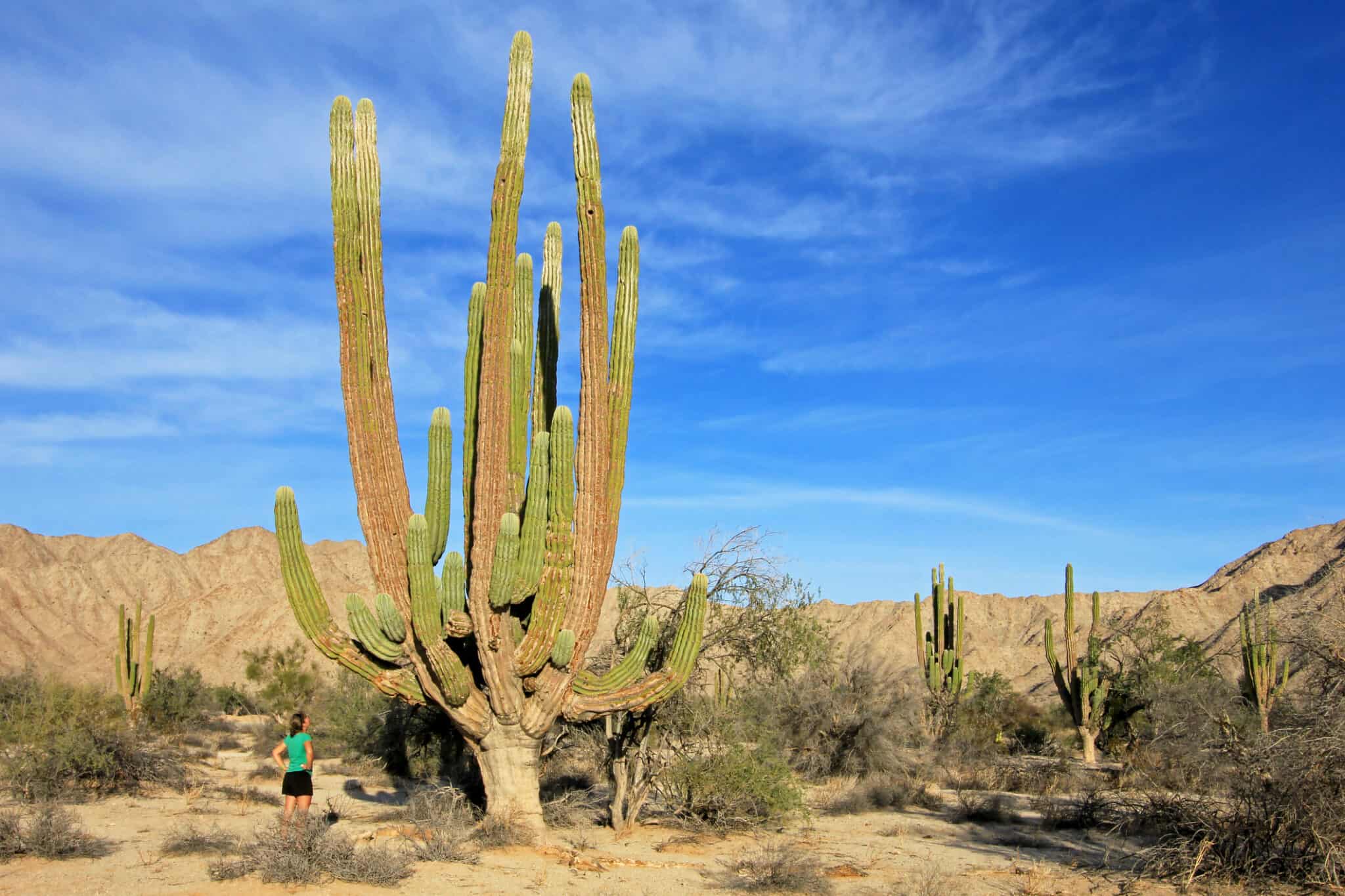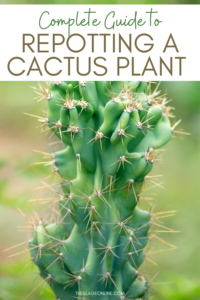In the arid expanses of our planet, a botanical wonder flourishes: the cactus. These resilient plants are not merely survivors; they are exemplars of adaptation, thriving where few others can. The allure of cacti lies not only in their incredible ability to survive in harsh climates but also in their awe-inspiring sizes and forms. This article embarks on a journey to explore the largest cactus reserves across the globe, highlighting their unique ecosystems and the aesthetic splendor they contribute to the natural world.
Throughout the years, cacti have been celebrated not only for their striking appearances but also for their vital roles in their respective habitats. Ranging from massive saguaro cacti to towering cardón species, these astonishing plants invoke fascination through their stature and robust characteristics. Let us delve into the most prominent cactus reserves where the grandeur of these botanical giants can be experienced firsthand.
The Sonoran Desert: Home of the Majestic Saguaro
The Sonoran Desert, sprawling through Arizona, California, and Mexico, is an iconic destination renowned for its vast population of saguaro cacti (Carnegiea gigantea). These colossal plants can attain heights of up to 40 feet, with some individuals living for over 150 years. The blue-green armature of the saguaro, adorned with spiny appendages, creates a veritable collage against the orange hues of sunset, adding a dramatic flair to the arid landscape.
This desert reserve is not just a sanctuary for the saguaro but also a vibrant ecosystem teeming with diverse flora and fauna. Various species depend on these giants for sustenance; birds such as the Gila woodpecker and the purple martins excavate nesting cavities, while mammals like javelinas and desert tortoises find shelter beneath their expansive arms. The intertwining of life within this botanical paradise illustrates the indispensable role saguaro cacti play within their environment.
The iconic Saguaro National Park stands as a testament to the beauty of this remarkable cactus. Visitors to the park are treated to breathtaking views, particularly during the wildflower bloom in spring, when the desert floor is adorned with bursts of vibrant color. The juxtaposition of flowering cacti and surrounding mountains creates a visual splendor that captivates the hearts of nature enthusiasts and photographers alike.
Gran Desierto de Altar: The Expansive Cactaceae Kingdom
Venture further south, and you encounter the Gran Desierto de Altar in Mexico, a sprawling biosphere reserve that houses an eclectic assemblage of cactus species. Among its significant inhabitants is the cardón cactus (Pachycereus pringlei), which can rise to an impressive 60 feet. Notably, the cardón earned its title as the tallest cactus species in the world, inspiring awe and reverence from those fortunate enough to witness its grandeur.
The Gran Desierto is defined by its stunning dunes and unique geological formations, which provide a striking backdrop for its myriad of cacti. The majestic cardón, with its stout trunk and towering branches, paints a mesmerizing landscape, creating a juxtaposition of size and form against the vast desert expanse. The reserve plays an essential role in the conservation of not only the cardón but also of many other fragile species, making it a vital home for biodiversity.
This vast desert reserve offers a sanctuary for vulnerable wildlife as well. A plethora of birds, butterflies, and small mammals entertain visitors, adding layers of life to this arid environment. The striking interplay between cacti and wildlife forms an intricate tapestry that delights botanists and ecologists alike.
The Atacama Desert: The Resiliant Cacti of Extremes
Further afield lies the Atacama Desert, one of the driest places on Earth, located in Chile. In this extreme climate, you will find another remarkable display of cactus biodiversity. The Atacama hosts the Echinopsis teres, known as the “pencil cactus,” characterized by its elongated and slender form. These resilient cacti endure the harsh conditions of the desert, standing tall in the face of adversity. The pencil cactus can thrive without significant rainfall, using its adapted physiology to store water efficiently.
The raw beauty of the Atacama Desert captivates all who venture into its terrain. The sparse vegetation and infrequent rainfall have led to mesmerizing landscapes punctuated by cacti, which bloom triumphantly after rare downpours. During such occasions, the desert floor erupts in color, showcasing the remarkable adaptability of these arid dwellers.
Visitors to the Atacama are often struck by the surreal aesthetics of the terrain where cacti serve as beacons of life amid a seemingly barren expanse. The air is crisp, and the nights are cobalt blue, presenting a paradisiacal terrain often overlooked when studying the cactus family.
The Role of Preservation: Conserving Cacti for the Future
As we uncover the largest cactus reserves worldwide, we must recognize the importance of conservation efforts to protect these magnificent plants. Climate change, urbanization, and illegal harvesting pose formidable threats to their survival. As stewards of the environment, we have a collective responsibility to safeguard these natural treasures and their habitats.
Numerous organizations and governmental bodies are working diligently to raise awareness and develop strategies aimed at preserving the remaining cactus ecosystems. Through education, research, and ecological restoration, the aim is to ensure these charismatic plants continue to flourish for future generations.
In conclusion, the largest cactus reserves across the globe not only showcase botanical marvels but are also vital components of their ecosystems. Whether standing tall in the Sonoran Desert, gracefully reaching skyward in the Gran Desierto de Altar, or defying the odds in the Atacama Desert, cacti remind us of nature’s resilience and beauty. An exploration of these reserves promises not only an encounter with extraordinary flora but also an appreciation of the intricate relationships that sustain life within these captivating habitats.





Leave a Comment